
Curious about solar? Let's chat, no strings attached. We're just as passionate about the sun as you are.
Solar Energy in Arlington, TX: Complete 2025 Homeowner Guide
Answers at a glance:
Solar energy systems in Arlington, TX benefit from 2,850 annual sunshine hours and average payback periods of 6-10 years. Arlington homeowners can significantly reduce monthly electricity bills through solar installations. Systems require Oncor grid interconnection and City of Arlington permits.
Rising electricity costs and frequent summer peak demand charges make solar energy an increasingly practical choice for Arlington, TX homeowners. With electricity bills climbing each year and the Texas grid facing strain during extreme weather events, Arlington residents face a clear challenge: controlling energy costs while maintaining reliable power. The solution lies in harnessing Arlington's abundant sunshine through properly sized solar energy systems that deliver both immediate savings and long-term energy independence.

Understanding Solar Energy Systems in Arlington
Solar energy installation in Arlington follows established industry standards and practices. System sizing and design depend on multiple factors unique to each home and family's energy needs.
A standard residential system suitable for many Arlington homes typically ranges from 5kW to 10kW in capacity. After claiming the federal Investment Tax Credit (while still available), homeowners see substantial reductions in their investment costs. Larger systems suit homes with higher energy consumption or electric vehicle charging needs.
System specifications vary based on several factors specific to each installation. Equipment quality affects performance and warranty coverage, with premium panels and inverters offering better long-term reliability and efficiency. Installation complexity varies based on roof configuration, with single-story homes generally requiring less complex mounting systems than multi-story installations. Electrical panel upgrades, sometimes necessary for older Arlington homes, ensure safe and code-compliant connections.

How Solar Panels Reduce Electricity Bills in Arlington
Arlington homeowners see substantial monthly and lifetime savings from solar energy systems. Monthly bill reductions vary depending on system size and household consumption patterns [S4]. A properly sized 5kW system generates approximately 8,028 kWh annually under Arlington's climate conditions, offsetting most or all electricity usage for average households [S4].
Long-term financial benefits multiply these monthly savings significantly. Over the typical 25-year warranty period, solar panels continue producing clean energy while protecting homeowners from rising electricity rates. The return on investment improves each year as utility rates increase while solar production remains consistent.
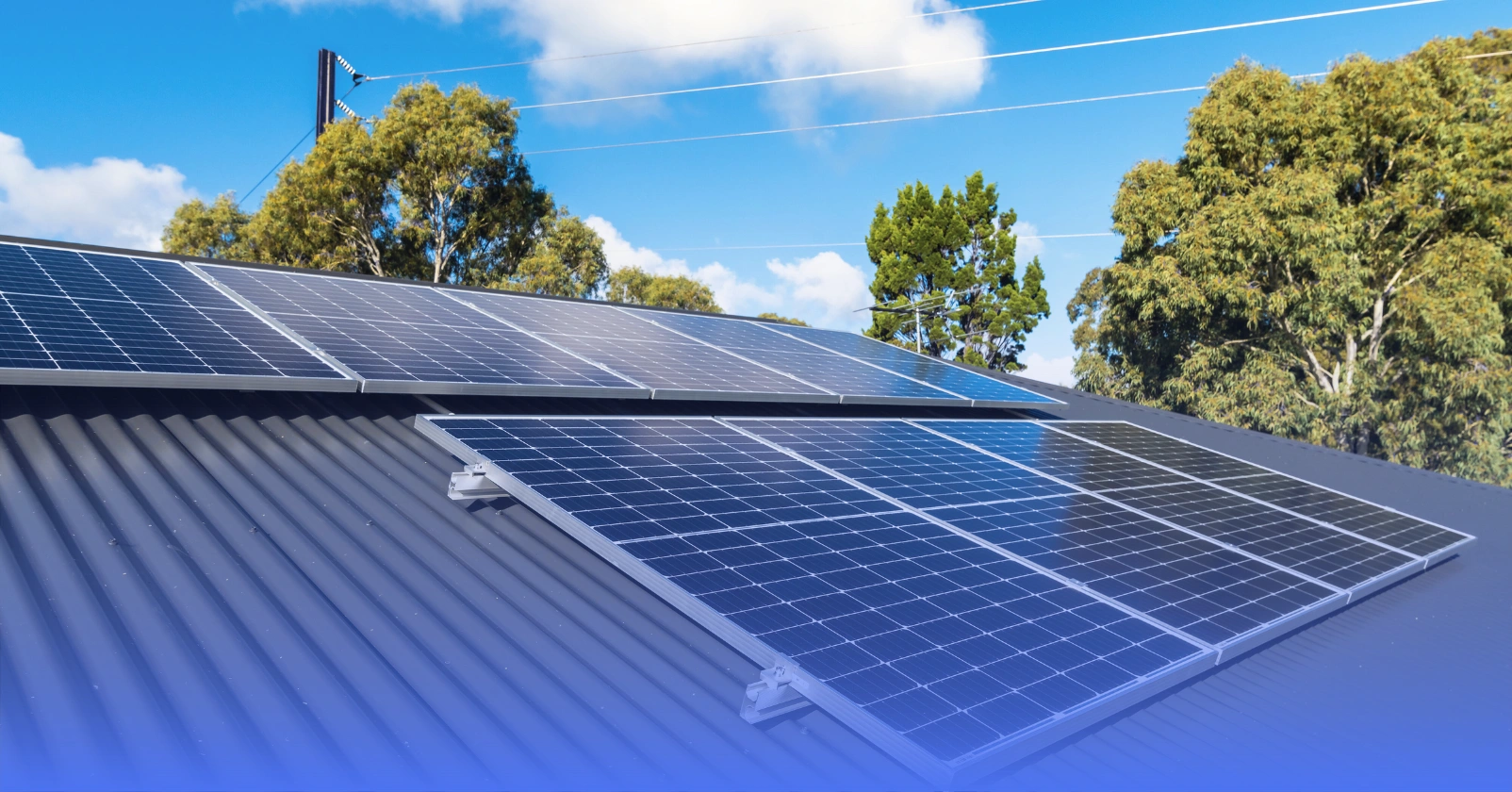
Solar Incentives and Policies for Arlington Residents
The federal Investment Tax Credit (ITC) currently provides a 30% reduction in total solar system costs, applying to all equipment and installation expenses. However, this credit is scheduled to expire completely for residential installations after December 31, 2025. According to the 2025 federal budget enacted in July 2025, there will be NO phase-down period - the credit drops from 30% to 0% on January 1, 2026.
What this means for Arlington homeowners:
- Your solar system must be fully installed and operational by December 31, 2025 to qualify for the 30% credit
- Starting January 1, 2026, the residential solar tax credit will be completely eliminated
- With typical installation timelines of 6-12 weeks, homeowners should begin the process immediately to ensure completion before the deadline
Texas state policy adds another layer of savings through property tax exemptions. While solar panels increase home values, Texas law prevents this added value from raising property tax assessments [S1]. This exemption preserves the full financial benefit of solar investments without creating additional tax burdens and will remain in effect after the federal credit expires.
Arlington falls within Oncor Electric Delivery Company's service territory, which affects how solar energy exports work. Texas lacks statewide net metering requirements, so credit for excess solar production depends on your chosen retail energy provider (REP) [S1]. Most REPs offer solar buyback plans crediting excess generation at various rates [S4]. Selecting the right REP plan becomes crucial for maximizing solar investment returns.
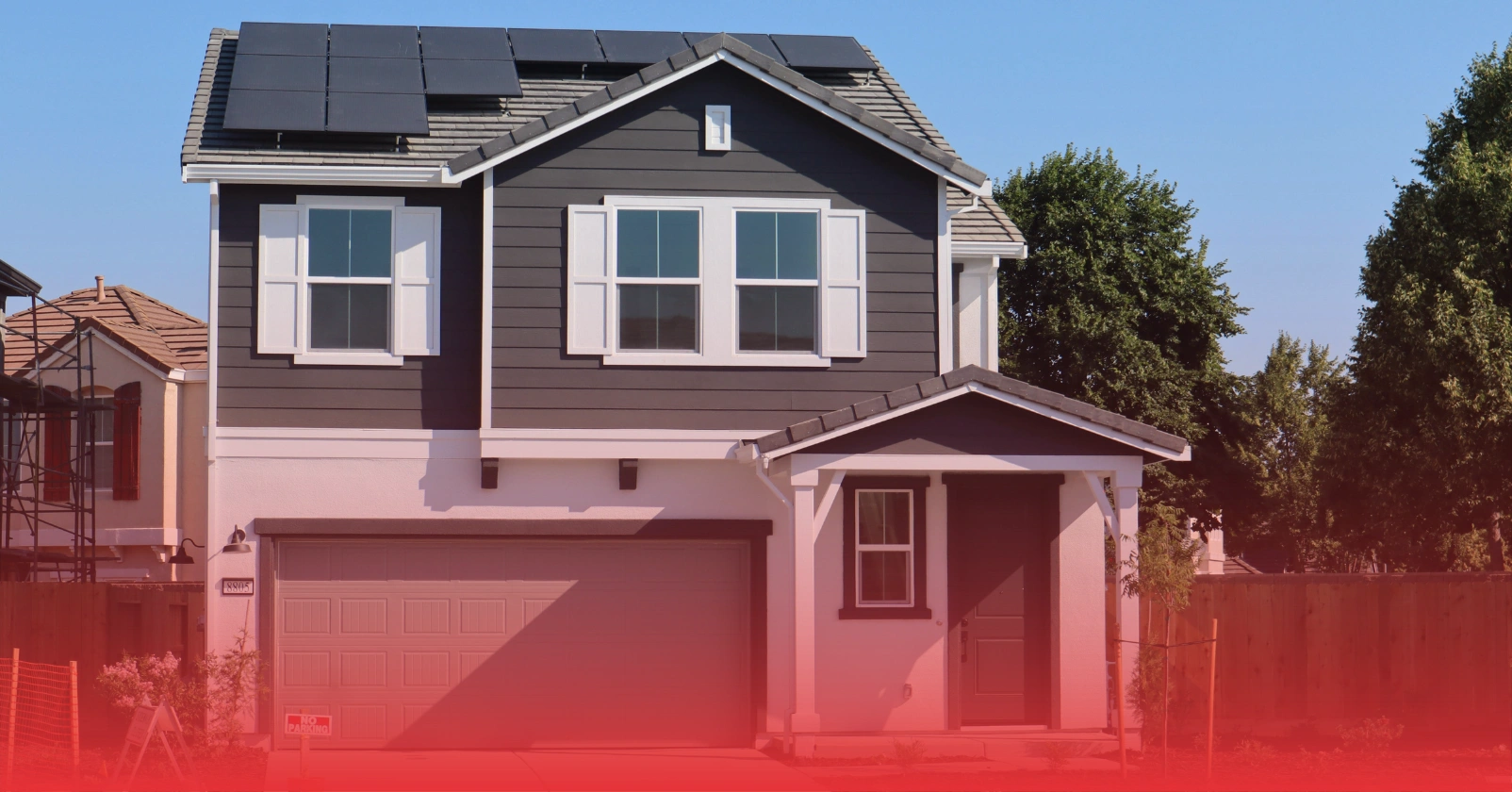
What Size Solar System Do Arlington Homes Need?
System sizing starts with analyzing 12 months of electricity bills to determine average monthly kilowatt-hour usage. Arlington homes typically require 5-8kW systems to offset substantial portions of their electricity consumption [S4]. Smaller 5kW systems suit energy-efficient homes or those with lower consumption, producing about 8,028 kWh annually [S4]. Medium 7kW systems work well for average Arlington households, generating roughly 11,239 kWh per year. Larger 9kW installations serve high-consumption homes, producing approximately 14,450 kWh annually [S4].
Available roof space also influences system sizing. South-facing roof sections receive optimal sun exposure in Arlington's latitude. East and west-facing sections remain viable but produce 15-20% less energy. North-facing roof areas rarely justify panel installation due to minimal sun exposure.
Electricity Rates in Arlington, Texas: On The Rise
Electricity rates in Arlington, Texas have experienced a notable upward trend over the past decade, with prices climbing from approximately 11.2¢/kWh in 2017 to over 15.6¢/kWh by 2025. Several factors have contributed to these rising costs, including increased demand, supply chain disruptions, and shifts in energy production. For Arlington residents and businesses, this steady rise means higher monthly utility bills and a growing interest in more affordable and sustainable energy solutions. As rates continue to trend upward, local consumers are encouraged to shop around for competitive electricity plans and consider investments in energy efficiency to help offset the impact of these escalating prices.
Arlington's Solar Climate and Production Potential
Arlington's climate creates favorable conditions for solar energy production. The city receives approximately 2,850 sunshine hours annually, placing it among Texas's better solar locations [S3]. This abundant sunshine translates directly into consistent energy generation throughout most of the year.
Seasonal variations affect production levels but don't eliminate solar benefits. Summer months from May through September deliver peak production, coinciding with highest electricity demand and rates. Winter production drops 30-40% but still provides meaningful bill offsets. Spring and fall maintain moderate but consistent generation levels.
Temperature impacts require consideration in system design. While Arlington's sunshine benefits solar production, extreme summer heat slightly reduces panel efficiency. Quality panels lose approximately 0.3-0.5% efficiency per degree Celsius above 25°C (77°F). Professional installers account for these temperature coefficients when sizing systems.
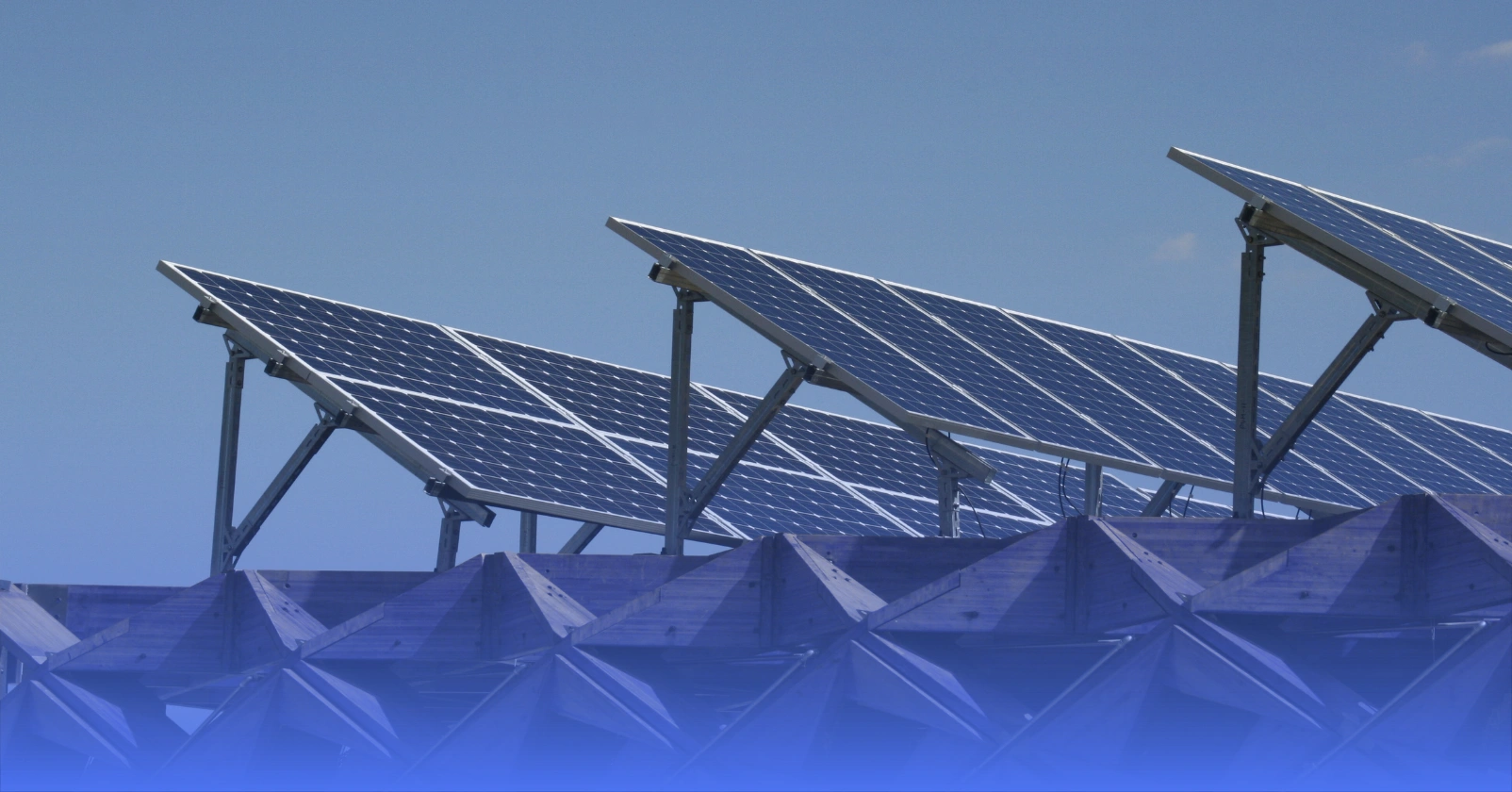
Do Solar Panels Work During Texas Power Outages?
Standard grid-tied solar systems cease operation during power outages for safety reasons [S4]. This automatic shutdown protects utility workers repairing power lines from unexpected electricity flowing back into the grid. Without additional equipment, solar panels cannot power your home when the grid fails.
Battery backup systems provide the solution for maintaining power during outages. These systems store excess solar production for use when the grid goes down. Dallas area installers increasingly recommend battery additions given recent grid reliability concerns. Battery systems provide peace of mind and energy security during extreme weather events. Note: Battery storage systems also qualify for the 30% federal tax credit when installed with solar panels, but only if completed by December 31, 2025.
Hybrid inverters enable seamless transitions between grid-connected and backup modes. These specialized inverters detect grid failures and automatically switch to battery power within milliseconds. Critical loads like refrigerators, medical equipment, and communications remain powered while non-essential circuits shut off to preserve battery capacity.
How Do Hail and Severe Weather Affect Solar Panels in North Texas?
North Texas weather presents specific challenges that quality solar installations address. Modern solar panels undergo rigorous testing for hail impact resistance, with most rated to withstand one-inch hailstones at terminal velocity [S5]. Premium panels feature tempered glass capable of surviving even larger hail impacts.
Wind resistance ratings ensure panels remain secure during severe storms. Professional installations in Arlington meet local building codes requiring resistance to 140+ mph winds. Mounting systems use reinforced rails and brackets specifically engineered for Texas weather conditions.
Insurance considerations matter for Arlington solar investments. Most homeowners insurance policies cover solar panels as part of the dwelling, though confirming coverage specifics prevents surprises. Some insurers offer discounts for homes with solar energy systems due to reduced grid dependence and modern equipment standards.

Installation Process and Timeline
Critical Timeline Consideration: With the federal tax credit expiring December 31, 2025, installation timing becomes crucial. The typical 6-12 week timeline means Arlington homeowners must act quickly to secure the 30% credit.
The Austin solar installation process, similar to Arlington's, follows predictable steps from initial consultation through system activation. Site assessments evaluate roof condition, shading, and electrical infrastructure. Design proposals specify equipment, layout, and production estimates. Permit applications go through City of Arlington Building Inspections. Installation typically requires 1-3 days for residential systems. Oncor interconnection and meter upgrades follow installation completion. Final inspections and system commissioning complete the process.
Total timeline from contract signing to operational system spans 6-12 weeks for most Arlington projects. Permitting accounts for 2-4 weeks depending on submittal completeness and city workload. Equipment procurement varies based on panel and inverter availability. Installation scheduling depends on contractor availability and weather conditions. To ensure qualification for the federal tax credit, homeowners should begin the process no later than October 2025.
Financing Options for Arlington Solar Projects
Cash purchases deliver maximum lifetime savings by avoiding interest charges. Homeowners with available capital see fastest returns on investment through outright system purchase. The 30% federal tax credit effectively provides a substantial discount on cash purchases through December 31, 2025 only.
Solar loans spread costs over time while preserving ownership benefits. Terms range from 5-20 years with interest rates varying by creditworthiness. Shorter terms minimize interest costs but require higher monthly payments. Many Arlington homeowners choose 10-12 year loans balancing affordability with reasonable interest charges. Important: Loan-financed systems must still be operational by December 31, 2025 to qualify for the federal tax credit.
Home equity lines of credit (HELOCs) offer competitive rates for qualified homeowners. Using home equity for solar installations often provides lower interest rates than unsecured solar loans. Interest on HELOCs may provide additional tax benefits depending on individual circumstances.
San Antonio's solar financing programs mirror options available to Arlington residents through statewide lenders. These specialized solar lenders understand the technology and structure loans around expected energy savings.
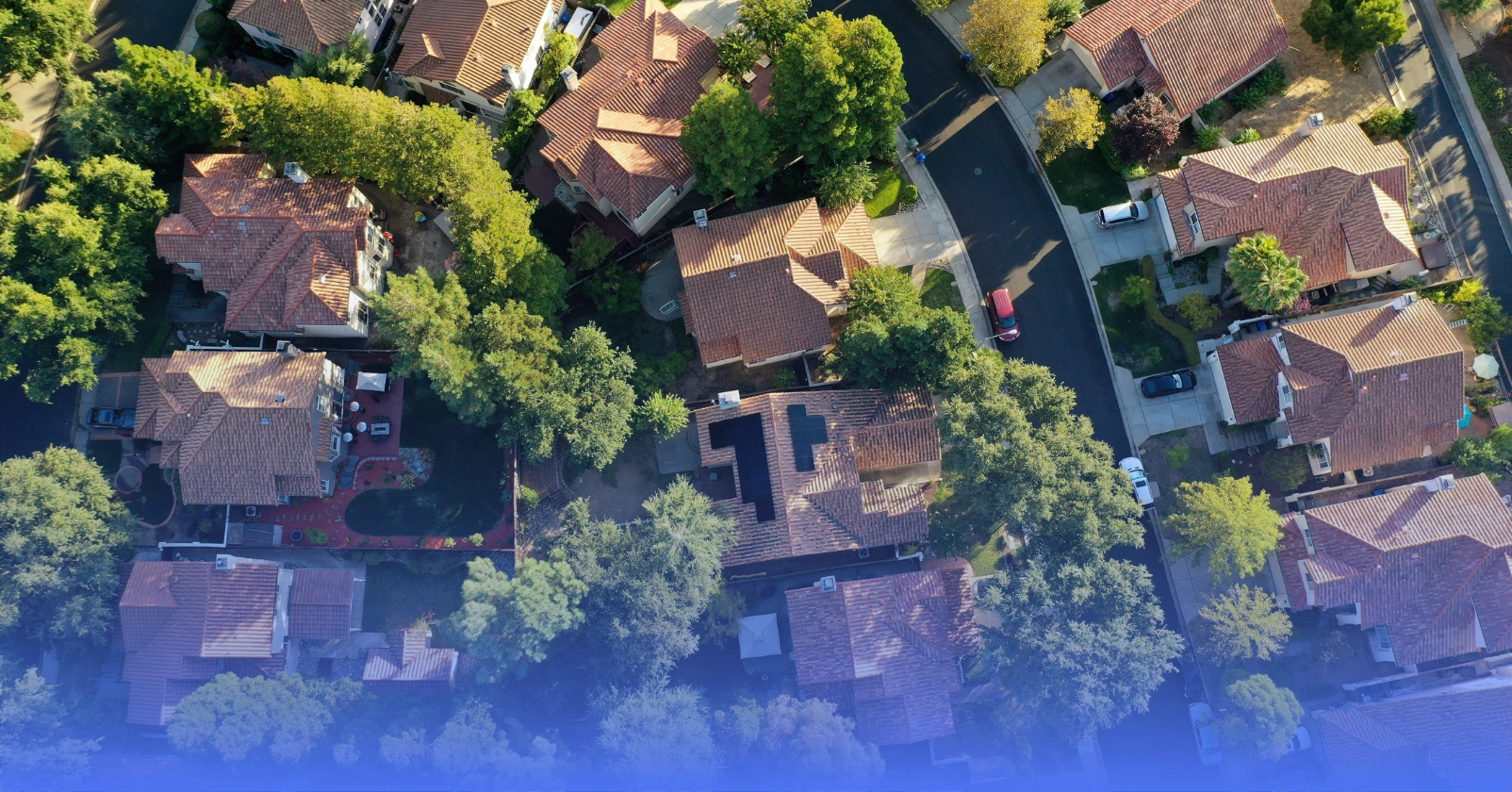
Maintenance and Long-term Performance
Solar energy systems require minimal maintenance to maintain peak performance. Annual visual inspections check for obvious damage or debris accumulation. Occasional panel cleaning removes dust, pollen, and bird droppings that reduce production. Monitoring system performance identifies any technical issues requiring attention.
Professional maintenance services handle more complex needs. Inverter firmware updates optimize performance and compatibility. Electrical connection inspections ensure safe, efficient operation. Warranty claim assistance addresses any equipment failures.
Performance degradation follows predictable patterns over system lifespans. Quality panels lose approximately 0.5% efficiency annually. After 25 years, panels typically produce 84-92% of original capacity [S3]. This gradual degradation factors into lifetime savings calculations.
Local Arlington Considerations
Lone Star Solar Services and other local providers understand Arlington-specific requirements. These include navigating Oncor's interconnection process, securing City of Arlington permits, and optimizing for local weather patterns. Experienced local installers also understand the urgency of completing installations before the federal tax credit deadline.
Neighborhood aesthetics occasionally influence installation decisions. Some Arlington homeowner associations maintain architectural guidelines affecting panel placement. Front-facing installations might require HOA approval despite Texas laws generally protecting solar rights. Working with experienced local installers prevents HOA complications.
The Houston solar market demonstrates similar growth patterns to Arlington's expanding solar adoption. This statewide trend drives competitive pricing and improved installation practices benefiting Arlington homeowners.
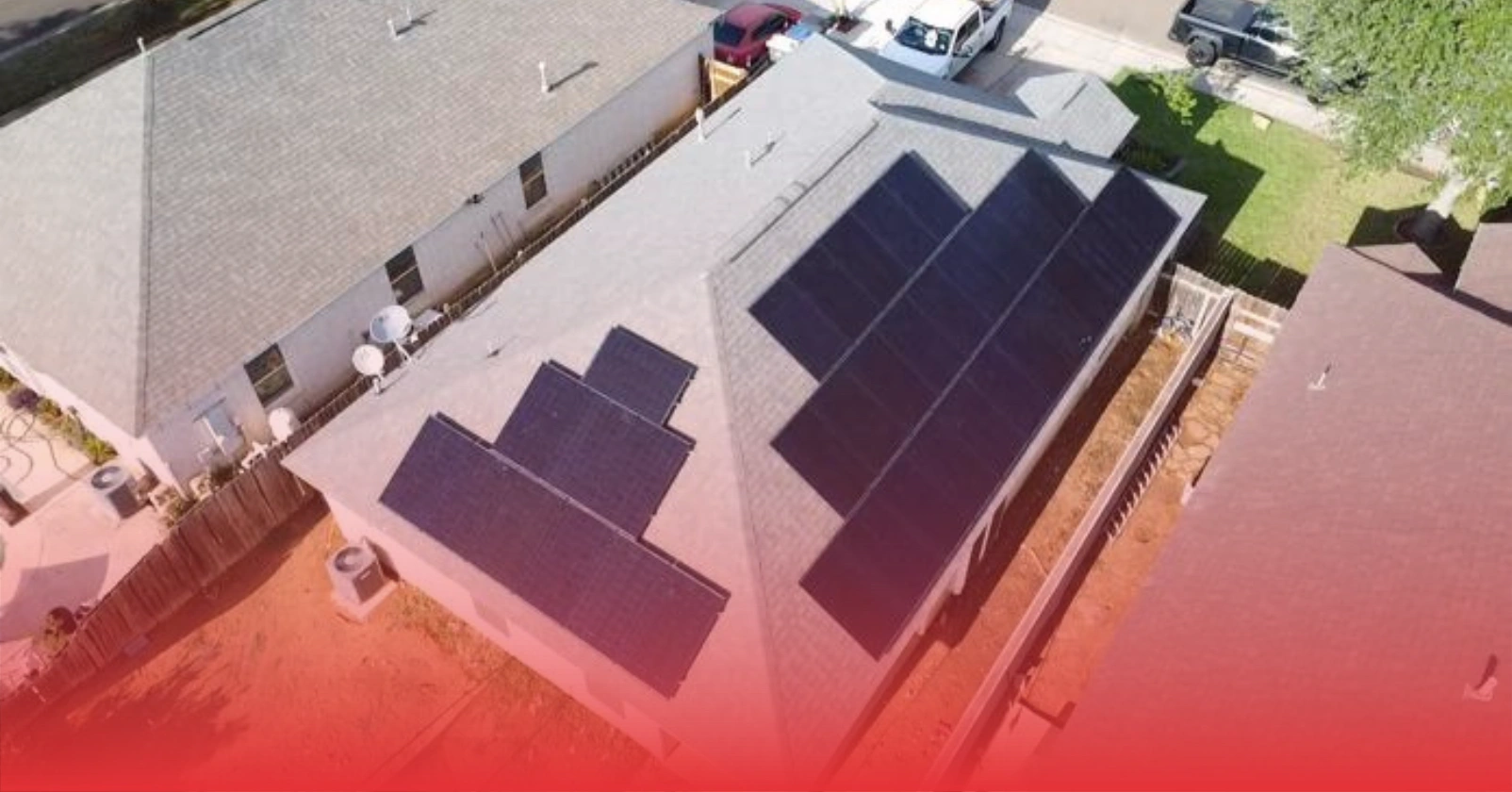
Making the Solar Decision - Act Now Before December 31, 2025
Evaluating solar energy for your Arlington home requires analyzing specific factors and acting quickly. Review 12 months of electricity bills to establish baseline consumption. Consider future changes like electric vehicle purchases or pool installations. Assess roof age and condition for solar readiness. Most importantly, calculate the impact of the expiring 30% federal tax credit on your investment decision.
Professional consultations provide customized assessments addressing individual circumstances. Site evaluations determine actual production potential. Financial analyses compare solar investment returns against alternative investments. Multiple quotes ensure competitive options and equipment choices. Given the December 31, 2025 deadline, obtain multiple quotes immediately to compare options while ensuring timely installation.
Frequently Asked Questions
What Are the Solar Incentives Available in Arlington TX?
Arlington residents qualify for the 30% federal Investment Tax Credit on complete solar installation costs ONLY if systems are installed and operational by December 31, 2025. After this date, the residential credit is completely eliminated with no phase-down period. Texas state law provides property tax exemptions preventing solar value from increasing tax assessments [S1], which will continue after the federal credit expires. Oncor territory REPs offer various solar buyback plans crediting excess production at different rates [S4].
How Long Does Solar Panel Installation Take in Arlington?
Physical installation typically completes within 1-3 days for residential systems. The total project timeline from contract to operational system spans 6-12 weeks, including permitting, equipment procurement, installation, and Oncor interconnection processes. With the federal tax credit expiring December 31, 2025, homeowners should begin the process immediately to ensure completion before the deadline.
Can Solar Panels Withstand Texas Hail?
Modern solar panels undergo hail impact testing and withstand one-inch hailstones at terminal velocity [S5]. Premium panels feature tempered glass surviving larger impacts. Professional mounting systems meet 140+ mph wind resistance requirements.
What Happens to Excess Solar Energy in Arlington?
Excess solar production exports to the grid through Oncor's infrastructure. Your chosen retail energy provider determines credit rates for excess generation [S4]. Credits offset future consumption but may expire annually depending on plan terms.
Do Solar Panels Require Special Insurance in Arlington?
Most homeowners insurance policies automatically cover solar panels as dwelling components. Confirming coverage specifics with your insurer prevents gaps. Some companies offer premium discounts for solar-equipped homes.
What Happens If I Don't Install Solar Before December 31, 2025?
Systems installed after December 31, 2025 will not qualify for any federal tax credit. The residential solar Investment Tax Credit drops from 30% to 0% on January 1, 2026, with no phase-down period. This represents a significant increase in net system cost for homeowners who wait.
Ready to reduce your electricity costs with solar energy? Arlington's abundant sunshine and the expiring 30% federal tax credit make immediate action crucial. With only months remaining before the credit expires on December 31, 2025, professional installers are experiencing high demand. Learn more about solar installation options and start your path toward energy independence today - before it's too late to claim the federal incentive.
References
[S1] EnergySage Arlington Solar Data. EnergySage, 2025. https://www.energysage.com/local-data/solar-panel-cost/tx/tarrant-county/arlington/
[S3] Weather and Climate Data. Weather-and-Climate, 2025. https://weather-and-climate.com/average-monthly-hours-Sunshine,arlington-texas-us,United-States-of-America
[S4] PowerOutage.us Arlington Solar Tracker. PowerOutage.us, 2025. https://poweroutage.us/solar/tx/arlington
[S5] EcoWatch Texas Solar Guide. EcoWatch, 2025. https://www.ecowatch.com/solar/worth-it/tx
[S6] Federal Solar Tax Credit Update. GreenLancer, 2025. https://www.greenlancer.com/post/solar-tax-credit-going-away
Solar panels: because the sun doesn't send you a bill. Get a quote today and let's start saving.
ATTENTION TEXANS: The ITC tax credit will no longer be available after December 31st, take advantage of this incentive while it lasts and save 30% on your solar project



